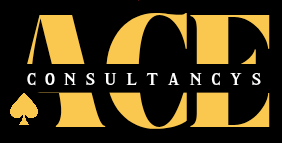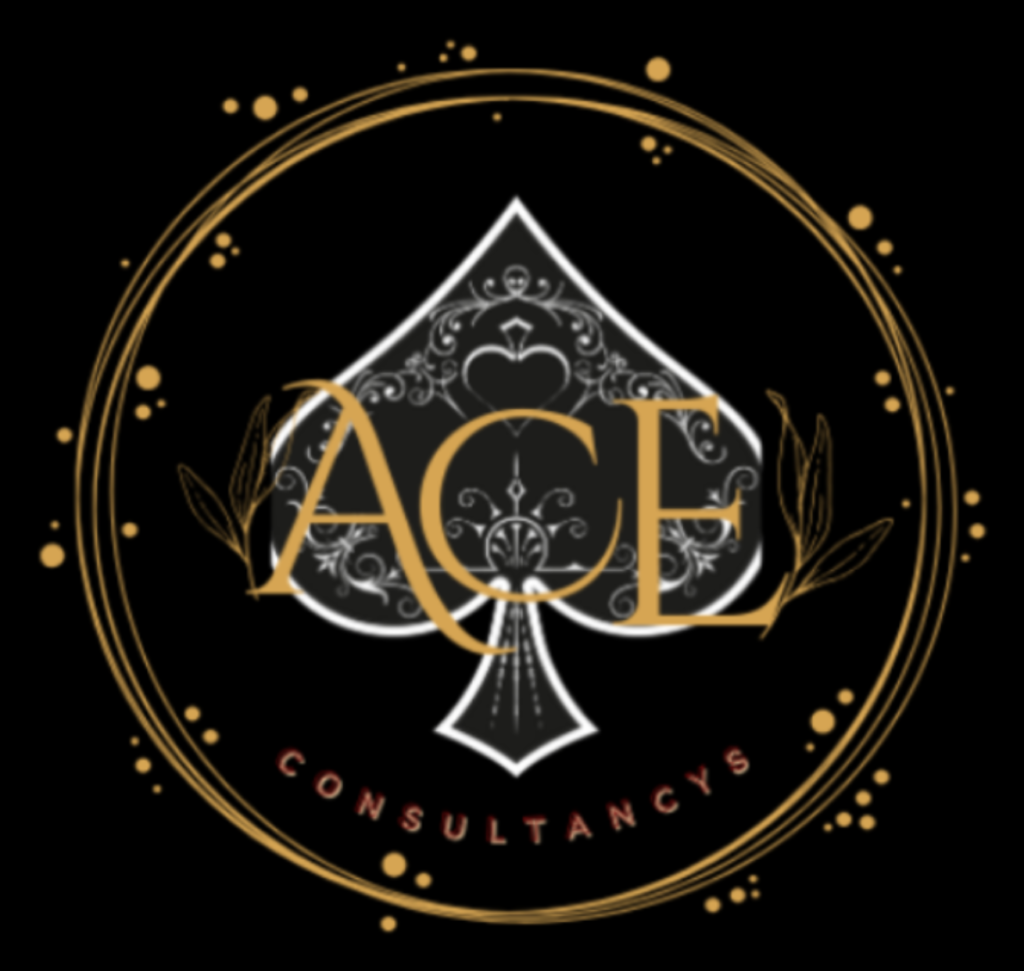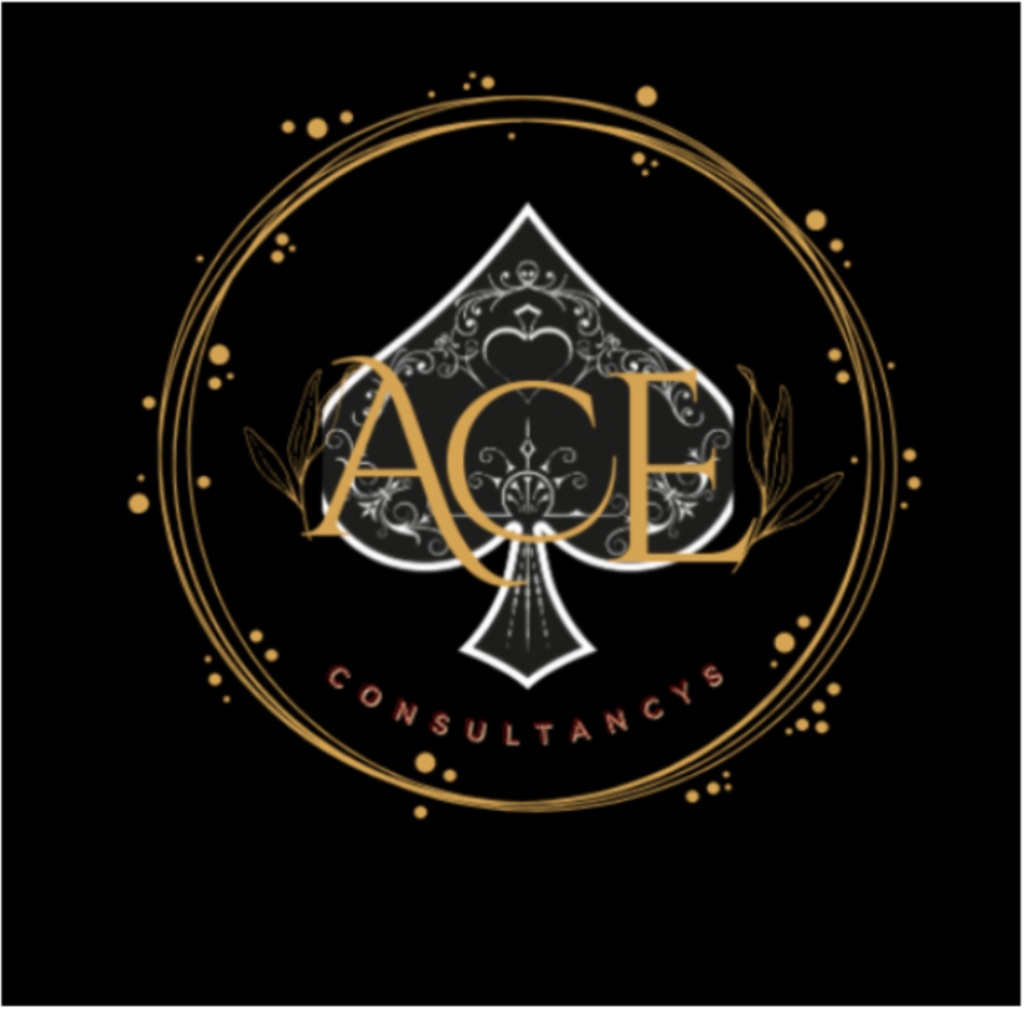Introduction
Effective lead generation is the lifeblood of any successful business growth strategy. However, even seasoned marketers frequently stumble into predictable traps that sabotage their lead generation efforts. According to HubSpot’s 2023 State of Marketing Report, 61% of marketers consider generating high-quality leads their biggest challenge, yet many continue making the same critical mistakes. This article examines the most common lead generation mistakes businesses make and provides actionable solutions to correct these issues before they derail your marketing objectives. By identifying and addressing these errors, you can significantly improve your conversion rates and maximize your marketing ROI.
Targeting the Wrong Audience
Perhaps the most fundamental lead generation mistake is failing to properly identify and target your ideal customer profile. A study by Forrester revealed that only 36% of B2B marketers have developed detailed buyer personas that accurately represent their target audiences. Without a clear understanding of who your potential customers are, their pain points, and their buying behaviors, your lead generation efforts amount to shooting in the dark.
The solution is to develop comprehensive buyer personas based on market research, customer interviews, and behavioral data. These personas should include demographic information, professional roles, challenges, goals, and preferred communication channels. Once established, these personas should guide all aspects of your lead generation strategy, from content creation to channel selection. Revisit and refine these personas quarterly to ensure they remain accurate as markets evolve.
Neglecting Mobile Optimization
In today’s digital landscape, neglecting mobile optimization is equivalent to turning away potential customers at your door. According to Statista, mobile devices generated nearly 60% of global website traffic in 2023, yet many businesses still operate with lead generation forms and landing pages that perform poorly on mobile devices. The frustration of attempting to complete a form on a non-responsive website often results in abandoned conversions.
To address this issue, implement responsive design across all digital properties. Test your forms, landing pages, and other conversion points on multiple devices and screen sizes. Simplify mobile forms by requesting only essential information and utilizing mobile-friendly features like dropdown selections and auto-fill capabilities. A mobile-first approach to lead generation can dramatically improve conversion rates across all channels.
Creating Friction in the Conversion Process
Excessive friction in your conversion process is guaranteed to decrease lead generation effectiveness. Research from the Baymard Institute found that the average checkout abandonment rate is nearly 70%, with many of the same principles applying to lead generation forms. Common friction points include requesting too much information too soon, implementing complicated multi-step processes, and failing to clearly communicate what happens after submission.
The solution lies in streamlining your conversion pathways. Start by requesting minimal information in initial interactions—just enough to initiate a meaningful conversation. Progressive profiling, where additional information is collected over time as the relationship develops, provides a more friction-free experience. Additionally, clearly communicate the next steps and value proposition at each conversion point to reduce uncertainty.
Failing to Nurture Leads Effectively
Many businesses invest heavily in generating leads but fail to nurture them properly. According to Marketo, companies that excel at lead nurturing generate 50% more sales-ready leads at 33% lower cost per lead. Without an effective nurturing strategy, leads that aren’t immediately ready to purchase often go cold and eventually disengage.
To avoid this mistake, implement a strategic lead nurturing program that delivers relevant, valuable content based on where prospects are in their buyer’s journey. Utilize marketing automation to deliver personalized communications at scale. Develop nurturing tracks that address specific pain points and objections for different segments of your audience. Remember that lead nurturing is about building relationships, not just making sales pitches.
Inconsistent Follow-Up Practices
Inconsistent or delayed follow-up with new leads significantly reduces conversion opportunities. Research from Harvard Business Review found that companies that contacted potential customers within an hour of receiving a query were nearly seven times more likely to have meaningful conversations with key decision-makers than those that waited even an hour longer. Despite this, many organizations lack clear protocols for lead follow-up.
Establish clear systems and responsibilities for lead follow-up, including specific timeframes, communication templates, and escalation procedures. Implement lead scoring to prioritize high-potential prospects and ensure sales teams focus their efforts appropriately. Use automation where appropriate for initial responses, but maintain a human touch for personalized follow-up. Regular analysis of follow-up metrics can help identify bottlenecks and opportunities for improvement.
Ignoring Analytics and Optimization
Many marketers implement lead generation tactics without properly tracking performance or optimizing based on data. According to a report by Gartner, organizations that leverage data-driven optimization see 20-30% improvements in their marketing ROI. Without proper analytics, you’re essentially operating blindfolded.
The solution is to establish comprehensive tracking for all lead generation activities. Implement proper attribution modeling to understand which channels and tactics drive the most valuable leads. Regularly analyze conversion rates at each stage of your funnel to identify bottlenecks. Use A/B testing methodically to improve landing pages, forms, and calls-to-action. Make data-driven decisions about where to allocate resources based on actual performance rather than assumptions.
Misalignment Between Marketing and Sales
The disconnect between marketing and sales teams remains one of the most persistent lead generation mistakes. The 2023 LinkedIn State of Sales Report found that when sales and marketing teams are aligned, businesses experience 38% higher sales win rates. However, many organizations continue to operate these functions in silos, resulting in qualified leads falling through the cracks.
To address this issue, establish shared definitions of qualified leads and regular communication channels between marketing and sales teams. Implement a closed-loop reporting system where sales provides feedback on lead quality. Create joint dashboards that both teams can reference to track progress toward shared goals. Regular alignment meetings can help ensure both teams are working cohesively toward the same objectives.
Conclusion
Effective lead generation remains a critical challenge for businesses of all sizes. By avoiding these common lead generation mistakes and implementing the suggested solutions, you can significantly improve your conversion rates and maximize your marketing ROI. Remember that successful lead generation is not about generating the highest volume of leads, but rather attracting and nurturing the right leads through a strategic, data-driven approach.
Have you encountered any of these lead generation mistakes in your marketing efforts? We’d love to hear about your experiences and strategies for overcoming these challenges. Please share your thoughts in the comments below and consider sharing this article with colleagues who might benefit from these insights.
FAQ
What is the biggest mistake businesses make in lead generation?
The most critical mistake is targeting the wrong audience. Without well-defined buyer personas, businesses waste resources on unqualified leads, reducing conversion rates.
Why is mobile optimization crucial for lead generation?
With nearly 60% of global website traffic coming from mobile devices, poorly optimized forms and landing pages lead to abandoned conversions. A mobile-first design ensures a seamless user experience.
How can businesses reduce friction in the conversion process?
Simplify lead capture forms, request minimal information initially, and use progressive profiling. Clearly communicate next steps to reduce uncertainty and increase conversions.
Why is lead nurturing important?
Businesses that implement lead nurturing generate 50% more sales-ready leads at a lower cost. Nurturing builds relationships and keeps leads engaged until they’re ready to convert.
How can marketing and sales teams align for better results?
Regular communication, shared lead definitions, and joint performance tracking ensure smoother lead handovers, preventing valuable leads from being lost.
Read More : https://aceconsultancys.com/lead-generation-tools/










